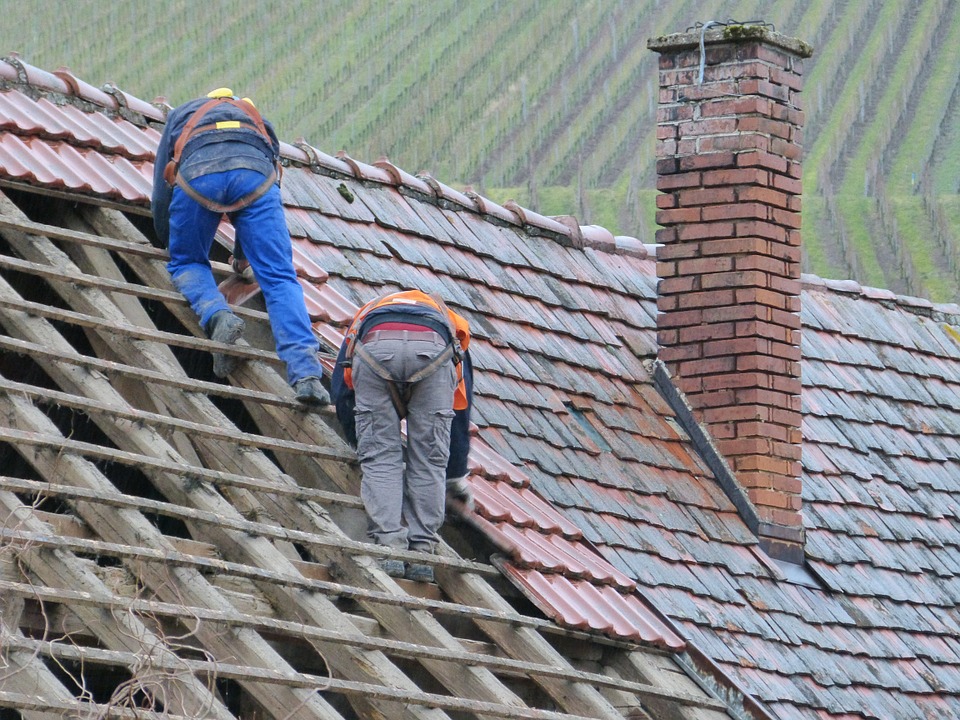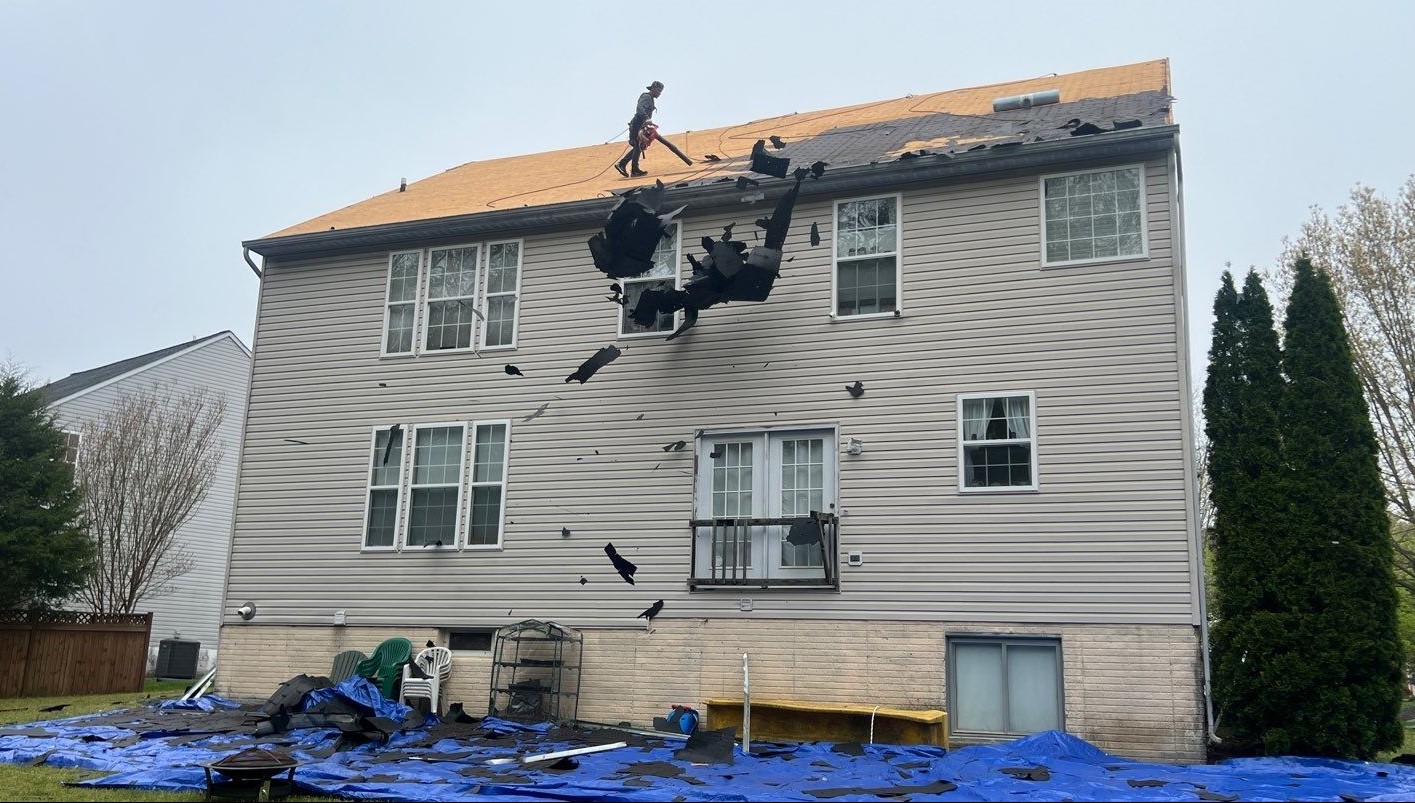Roof Repair Oahu: Professional Roof Services for Lasting Protection
Roof Repair Oahu: Professional Roof Services for Lasting Protection
Blog Article
Comprehending the Different Kinds of Roof Coverings: A Comprehensive Overview for Homeowners
In the realm of homeownership, picking the appropriate roof covering style is a choice that brings significant effects for both capability and aesthetic allure. With a range of options-- ranging from the typical gable to the modern flat-- each kind offers distinct advantages and obstacles that must straighten with the house owner's details demands and ecological factors to consider. Recognizing these distinctions not only aids in making an educated selection however likewise influences long-term maintenance and energy effectiveness. As we explore the complexities of numerous roof types, it comes to be evident that a person dimension does not fit all; the ideal option may shock you.
Saddleback Roof
Gable roof coverings, defined by their triangular form, are among the most prominent roof covering styles due to their simpleness and effectiveness in losing water and snow. This style includes two sloping sides that fulfill at a ridge, enabling for effective water drainage and lessening the threat of water buildup. The high pitch generally associated with gable roofs improves their ability to deal with hefty precipitation, making them appropriate for various climates.
In enhancement to their functional benefits, saddleback roofs offer visual convenience. They can be adjusted to numerous architectural styles, from conventional to contemporary homes. The style can additionally fit additional functions such as dormer home windows, which improve natural light and ventilation in the attic space.
Furthermore, gable roofings provide sufficient room for insulation, contributing to power efficiency. Property owners can pick from a variety of roof covering materials, consisting of asphalt roof shingles, steel, and floor tiles, additionally boosting personalization alternatives.
Regardless of their advantages, gable roofing systems may need extra support in areas prone to high winds or heavy snowfall. Generally, the gable roof stays a popular choice due to its mix of capability, toughness, and visual allure.
Flat Roofs
Flat roof coverings are commonly acknowledged for their minimal layout and sensible applications, especially in business and industrial setups (oahu roofing). These roof coverings include a straight or almost straight surface, which permits very easy construction and functional space application. While they may do not have the aesthetic allure of pitched roof coverings, level roofing systems offer many advantages, particularly in urban atmospheres where maximizing area is essential
One of the key advantages of flat roofs is their ease of access. House owners can utilize the roof area for numerous purposes, such as roof gardens, terraces, or photovoltaic panel setups. In addition, level roofing systems are generally a lot more affordable to preserve and set up contrasted to their sloped equivalents, as they require less products and labor.
Typical products made use of for flat roofings consist of built-up roofing (BUR), modified bitumen, and single-ply membranes, each offering distinct benefits. In general, flat roofs offer as a useful and versatile option for lots of homeowners and organizations alike.
Hip Roofings
Hip roofs are identified by their sloped sides that assemble at the top, developing a ridge. This design stands out from saddleback roofs, as all four sides of a hip roof incline downwards toward the walls, giving a more secure framework. The angle of the slopes can differ, permitting adaptability in building appearances and performance.
Among the primary benefits of hip roof coverings is their capability to stand up to heavy winds and adverse weather. The sloped surfaces enable far better water drainage, decreasing the risk of leakages and water damages. Furthermore, hip roofings provide enhanced attic room area, which can be used for storage or also converted right into livable areas.
Nonetheless, building a hip roof covering can be more complex and expensive than simpler roof covering types, such as saddleback roofs. The additional product and labor involved in producing the slopes and making certain correct architectural stability can bring about greater costs. In spite of these disadvantages, several property owners favor hip roofings for their toughness, visual charm, and capacity for power efficiency.
Mansard Roof Coverings
Mansard roof coverings, frequently recognized by their distinct four-sided style, feature two slopes on each side, with the lower incline being steeper than the upper. This architectural style, originating from France in the 17th century, is not only visually appealing however useful, as it maximizes the useful room in the upper floors of a structure. The steep reduced incline allows for more headroom, making it a suitable option for loft spaces or attics, which can be exchanged living areas.
Mansard roof coverings are characterized by their flexibility, accommodating various architectural designs, from typical to contemporary. They can be constructed with various products, including asphalt tiles, slate, or metal, offering property owners with a variety of alternatives to fit their choices and budget plans. In addition, the layout enables the integration of dormer home windows, improving all-natural light and ventilation in the upper levels.
Nevertheless, it is important to take into consideration the prospective disadvantages. Mansard roofs may need more maintenance as a result of the complexity of their style, and their steep inclines can informative post be challenging for snow and rain drainage. On the whole, mansard roofing systems incorporate style with functionality, making them a popular selection amongst homeowners seeking distinct building functions.
Dropped Roofings
As property owners progressively seek simpleness and functionality in their architectural layouts, lost roofing systems have become a preferred selection. Defined by a solitary sloping aircraft, a shed roof provides a minimalist aesthetic that enhances numerous home styles, from modern to rustic.
One of the main advantages of a shed roof is its uncomplicated building and construction, which often converts to lower labor and material expenses. This style permits reliable water drain, minimizing the danger of leakages and water damage. Additionally, the vertical slope provides sufficient area for skylights, boosting all-natural light within the inside.
Lost roofings also offer convenience in regards to usage. They can be efficiently integrated right into additions, garages, or outside frameworks like sheds and pavilions. Furthermore, this roofing system design can accommodate numerous roof materials, including metal, asphalt shingles, and even green roof coverings, straightening with environmentally friendly initiatives.
Nevertheless, it is vital to consider local environment conditions, as heavy snow lots may require modifications to the roof's angle or structure. Overall, shed roofing systems offer a practical and aesthetically pleasing choice look at this website for house owners seeking to make best use of performance without compromising style.
Verdict


Gable roof coverings, defined by their triangular shape, are amongst the most prominent roof covering designs due to their simpleness and efficiency in losing water and snow. oahu roofing. go The high pitch generally connected with gable roofing systems improves their ability to handle heavy precipitation, making them appropriate for different environments
While they might do not have the visual charm of pitched roofs, level roof coverings offer numerous benefits, specifically in city atmospheres where making the most of area is essential.

Report this page